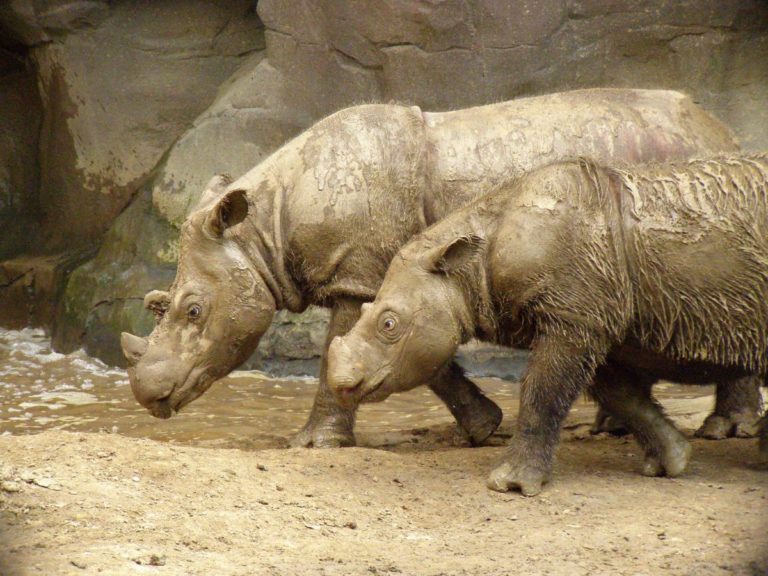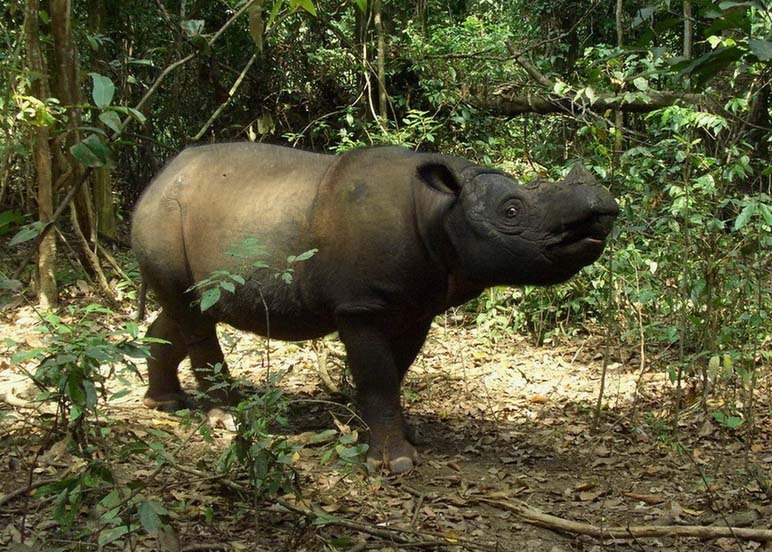
The last male Sumatran rhino in Malaysia has died. Attempts to breed him, with two females one after the other had proven unsuccessful. In lack of a male, there’s an obvious loss of scope of reproduction.
Species are clouded by fear of extinction. The only Sumatran rhinos that remain, are the ones in nearby Sumatra in Indonesia. The last male specimen in Malaysia named Tam, who was resident at a wildlife reserve on the island of Borneo, was pronounced dead due to organ failure on 27th May 2019. The sole surviving specimen of its kind in Malaysia is a female named Iman.
Indochina’s other rhino species, i.e. the Javan rhinoceros is also in grievously dire straits. In fact, immediate peril looms over all species.

Following a century of deforestation and hunting, it’s reckoned that between 30 to 100 Sumatran Rhinos are left, in the wild. Five rhino species can be found today and among them three in Asia and the rest two in Africa. They were once widespread in the continent but today are confined to ever-shrinking pockets in specific regions. Of them, Dicerorhinus sumatrensis that is the Sumatran Rhinoceros is the smallest living rhino species.
The Sumatran Rhino is about 4 foot tall and 7.5 to 10.5 feet long. It weighs half a ton to one ton. It has two horns hence the generic name dicerorhinus (two-horned nose), like its two African siblings; the larger one measuring half to one foot, and the other a tiny stub. A distinctive jacket of Auburn (reddish-brown) hair covers most of its body.

Tam was aged 30 and dwelt the wildlife reserve in Sabah state on Borneo island ever since he was captured while finding roaming in a palm oil plantation. Christina Liew, state minister for tourism, culture, and environment issued a statement elucidating the same.
The Sumatran rhino, the smallest species of rhinoceros, was declared extinct in the wild in Malaysia in 2015, as only three survived in captivity. Another female rhino, Puntung, died in captivity in 2017. Despite best efforts, couple compatibility couldn’t be established, perhaps owing to the stress of isolation and unnatural confinement.
The tragically declining species is now are limited to the Sumatra Island and the Indonesian side of the Borneo Isle.
Liew also stated that Tam’s genetic material has been preserved in view of tentative attempts later in the future to reproduce Sumatran rhinos.